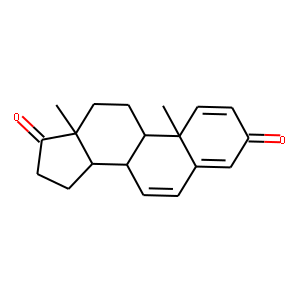Detection of urinary metabolites of arimistane in humans by gas chromatography coupled to high‐accuracy mass spectrometry for antidoping analyses
Author:Dayamin Martinez Brito Xavier de la Torre Francesco Botrè
Journal:
Rapid Communications in Mass Spectrometry. doi:10.1002/rcm.8529
Abstract:Rationale
The selection of the most appropriate metabolites of the substances included in the Prohibited List of the World Anti‐Doping Agency (WADA) is fundamental for setting up methods allowing the detection of their intake by mass spectrometric methods. The aim of this work is to investigate the metabolism of arimistane (an aromatase inhibitor included in the WADA list) in order to improve its detection capacity among the antidoping community.
Methods
Urinary samples collected after controlled single administration of arimistane in three healthy volunteers were analysed using the common routine sample preparation in antidoping laboratories to determine the steroid profile parameters considered in the steroid module of the Athlete Biological Passport by gas chromatography coupled to tandem mass spectrometry (GC/MS/MS). For the elucidation of the proposed metabolites, GC coupled to high‐accuracy MS (GC/qTOFMS) was used. Both mass spectrometers were operated in electron ionization mode. Non‐conjugated (free), glucuronated and sulfated fractions were analysed separately.
Results
No relevant effects on the steroid profile could be detected after a single oral dose (25 mg). Up to 15 metabolites, present only in the post‐administration samples, were detected and some structures were postulated. These metabolites are mainly excreted as glucuro‐conjugated into urine and only minor amounts of two metabolites are also excreted unconjugated or as sulfates.
Conclusions
Arimistane itself was not observed in the free or glucuronated fractions, but only in the sulfate fraction. The peaks showing mass spectra in agreement with hydroxylated metabolites did not match with those for 7‐keto‐DHEA, 7α‐ or 7β‐hydroxy‐DHEA. This suggests that the first hydroxylation did not occur on C3, but on C2. These newly described metabolites allow the specific detection of arimistane misuse in sports.
Products Used:

